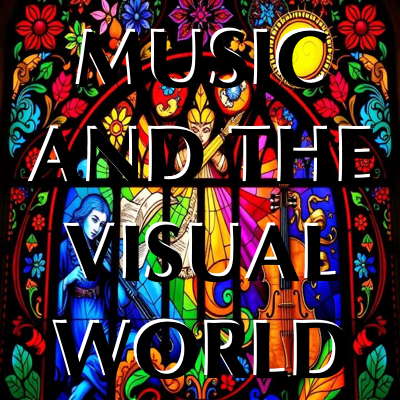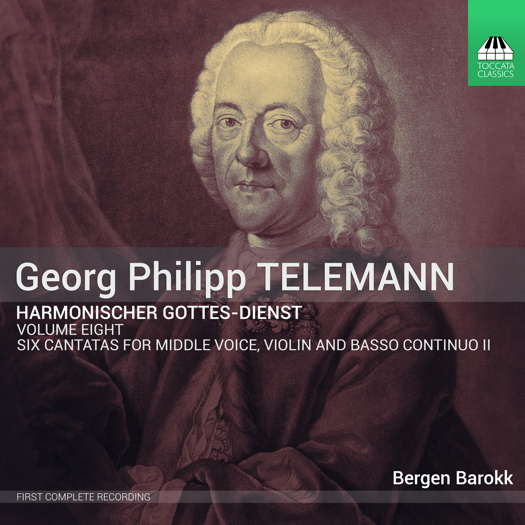- Willem Kersters
- Carey Blyton
- Ruth Hesse
- Victor Aviat
- polished
- Howells
- Verdi: Rigoletto
- Oehms Classics Musikproduktion GmbH
 DISCUSSION: John Dante Prevedini leads a discussion about Music and the Visual World, including contributions from Celia Craig, Halida Dinova and Yekaterina Lebedeva.
DISCUSSION: John Dante Prevedini leads a discussion about Music and the Visual World, including contributions from Celia Craig, Halida Dinova and Yekaterina Lebedeva.
 DISCUSSION: What is a work? John Dante Prevedini leads a discussion about The performing artist as co-creator, including contributions from Halida Dinova, Yekaterina Lebedeva, Béla Hartmann, David Arditti and Stephen Francis Vasta.
DISCUSSION: What is a work? John Dante Prevedini leads a discussion about The performing artist as co-creator, including contributions from Halida Dinova, Yekaterina Lebedeva, Béla Hartmann, David Arditti and Stephen Francis Vasta.

Telemann: Six Cantatas for middle voice, violin and basso continuo II
TOCC 0266 (Toccata Classics, CD)
FIRST RELEASE (7 June 2024)
Playing time: 65'51"
Tracks: 20
Booklet pages: 36
℗ 2024 Toccata Classics
© 2024 Toccata Classics
Main country of recording: Norway
Country of manufacture: Germany
Reviewer: Geoff Pearce
Review of Telemann: Six Cantatas for middle voice, violin and basso continuo II published on 15 June 2024
Bergen Barokk:
Marianne Beate Kielland, mezzo-soprano
Bjarte Eike, violin
Thomas C Boysen, theorbo
Markku Luolajan-Mikkola, cello
Hans Knut Sveen, harpsichord
Georg Philipp Telemann:
Am sechsten Sonntage nach der heil Drey Könige (Sixth Sunday after Epiphany)
Was ist das Herz? Ein finstrer Ort, TWV 1:1516
1 Rezitativ
2 Arie
3 Rezitativ
4 Arie
Invocavit (First Sunday in Lent)
Fleuch der Lüste Zauberauen, TWV 1:549
5 Arie
6 Rezitativ
7 Arie
Judica (Fifth Sunday in Lent)
Wer ist, der dort von Edom kömmt?, TWV 1:1584
8 Rezitativ
9 Arie
10 Rezitativ
11 Arie
Zweite Ostertag (Easter Monday)
Triumphierender Versöhner, tritt aus deiner Kluft herfor, TWV 1:1422
12 Arie
13 Rezitativ
14 Arie
Misericordias Domini (Second Sunday after Easter)
Hirt' und Bischof uns'rer Seelen, TWV 1:805
15 Arie
16 Rezitativ
17 Arie
Dritte Pfingsttag (Whit Tuesday)
Ergeuss dich zur Salbung der schmachtenden Seele, TWV 1:448
18 Arie
19 Rezitativ
20 Arie
The Baroque German is none other than Georg Philipp Telemann (1681-1767), in the form of the eighth album in the first complete recording of the seventy-two cantatas in his collection Harmonischer Gottes-Dienst, published in Hamburg in 1726 - the first complete set of cantatas for the liturgical year to appear in print. Given that the astonishingly prolific Telemann wrote at least seventeen hundred cantatas, of which some fourteen hundred survive, it's not surprising that no one has got round to tackling the complete Harmonischer Gottes-Dienst before. These cantatas are designated for voice, an obbligato instrument (recorder, transverse flute, oboe or violin) and basso continuo, and generally take the form of two da capo arias with an intervening recitative. And although intended for worship, both public and private, Telemann's cantatas are a masterly blend of tunefulness with skilled counterpoint and vocal and instrumental virtuosity. This time the core musicians of Bergen Barokk are joined by the glorious voice of Marianne Beate Kielland; you can hear it in joyful pomp in the last track of the first cantata of the album, where Telemann's text quite literally requires the music to have a good laugh! The thirty-six-page booklet of course gives the texts and translations, but it also contains no fewer than three essays: on the Harmonischer Gottes-Dienst itself, on Erdmann Neumeister and the new Lutheran church cantata and on the relationship between the cantatas and their scriptural sources.
Recorded 12 March 2013 in Hoff Kirke, Lena, Østre Toten, Norway.

